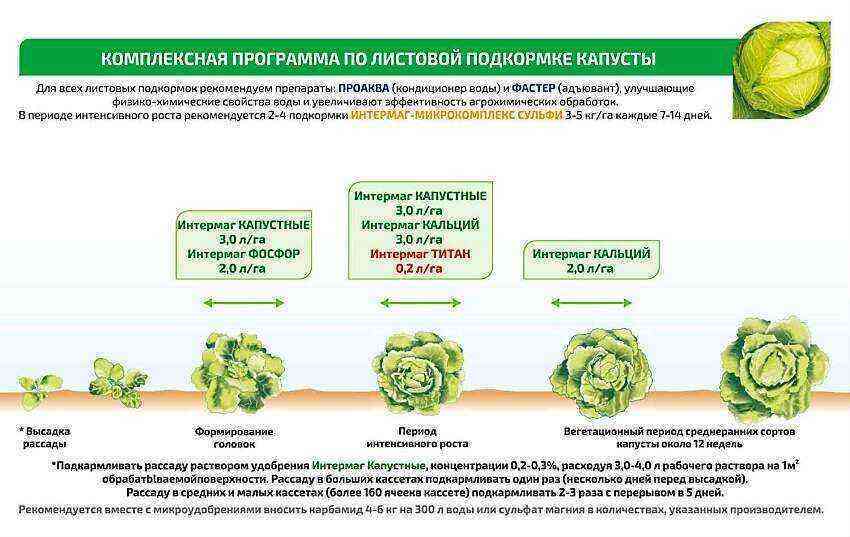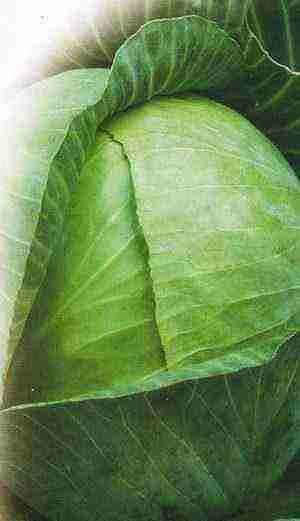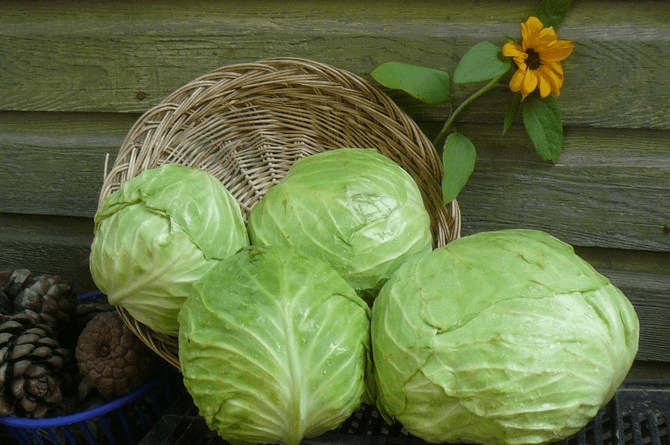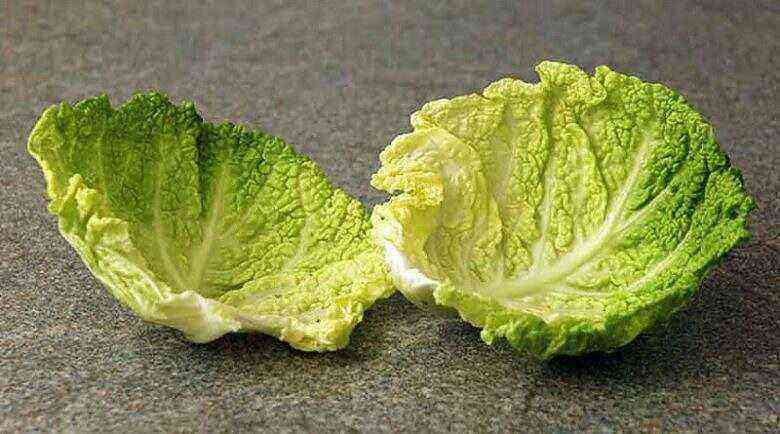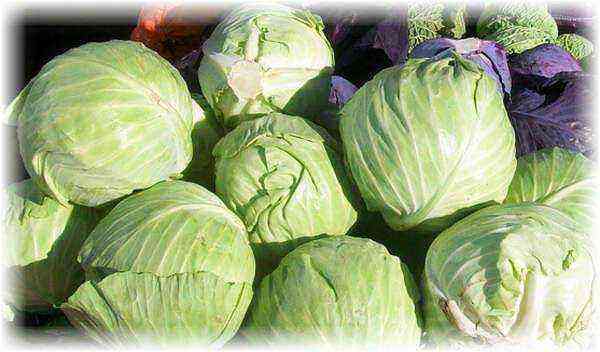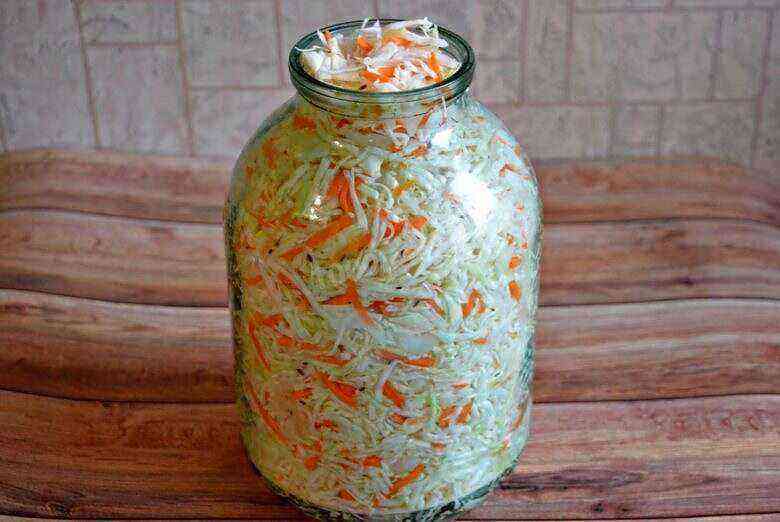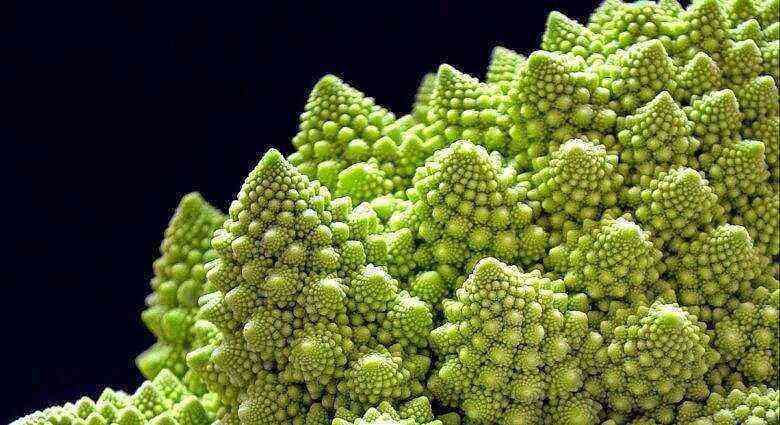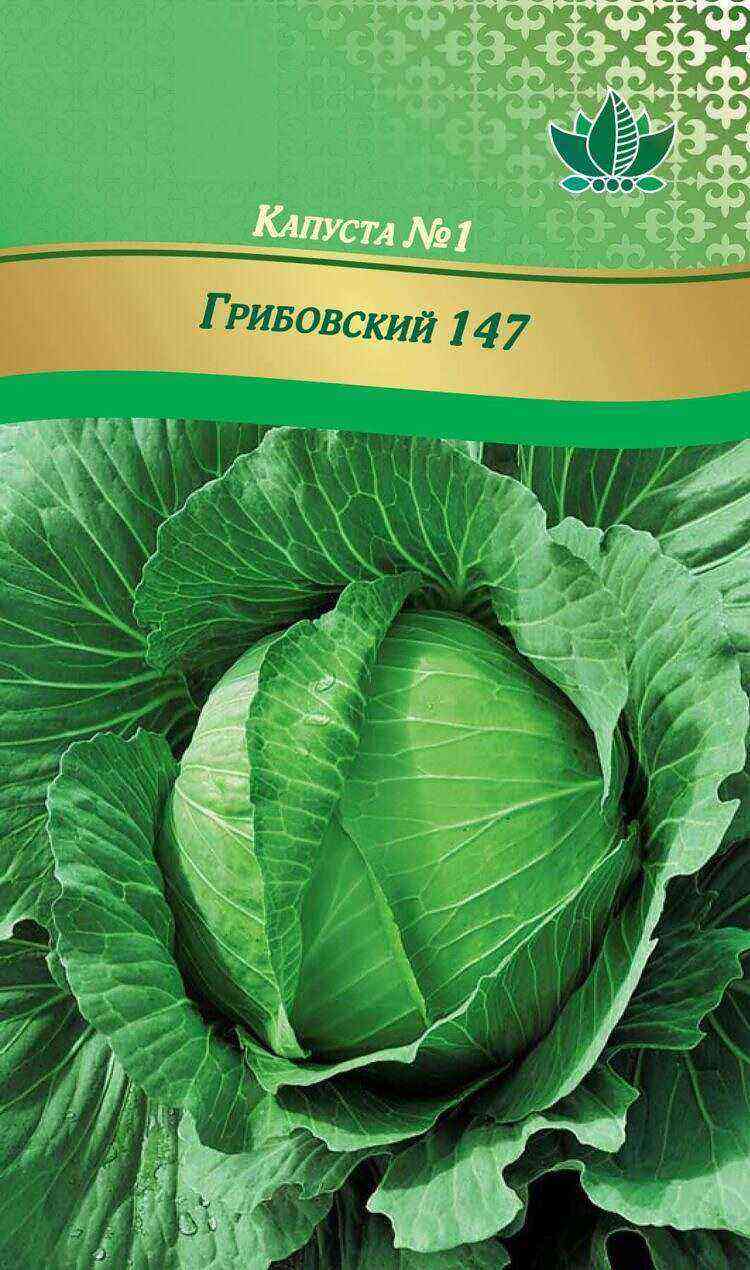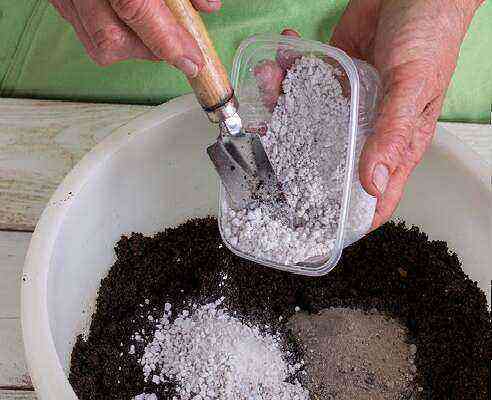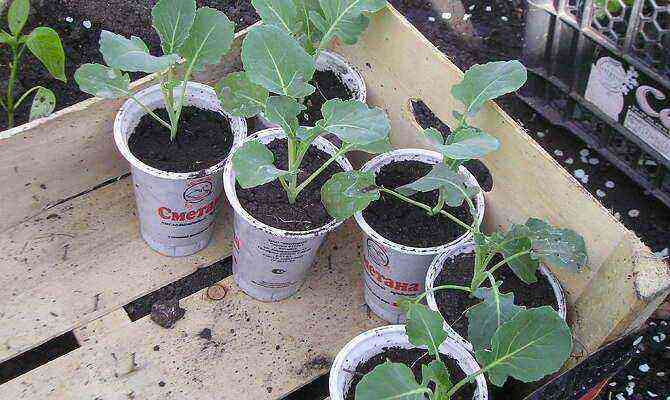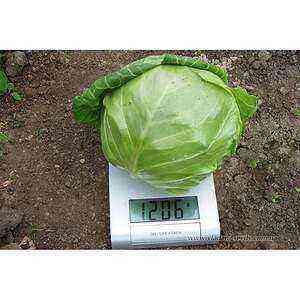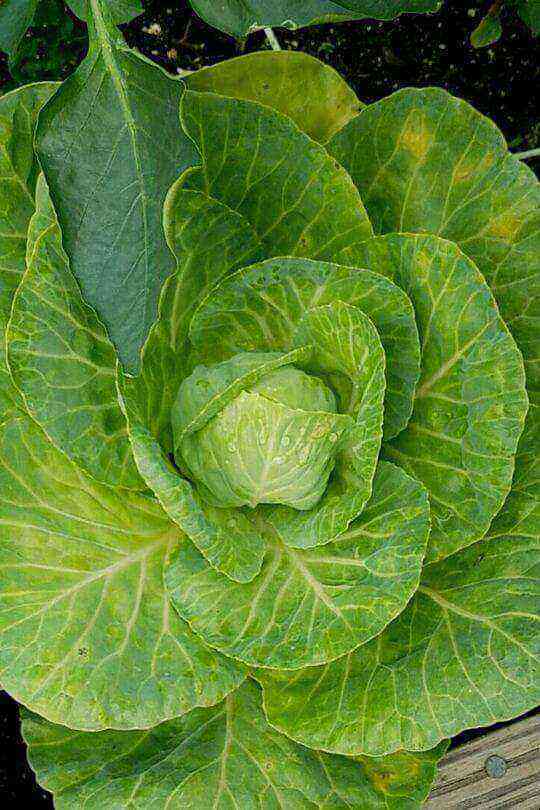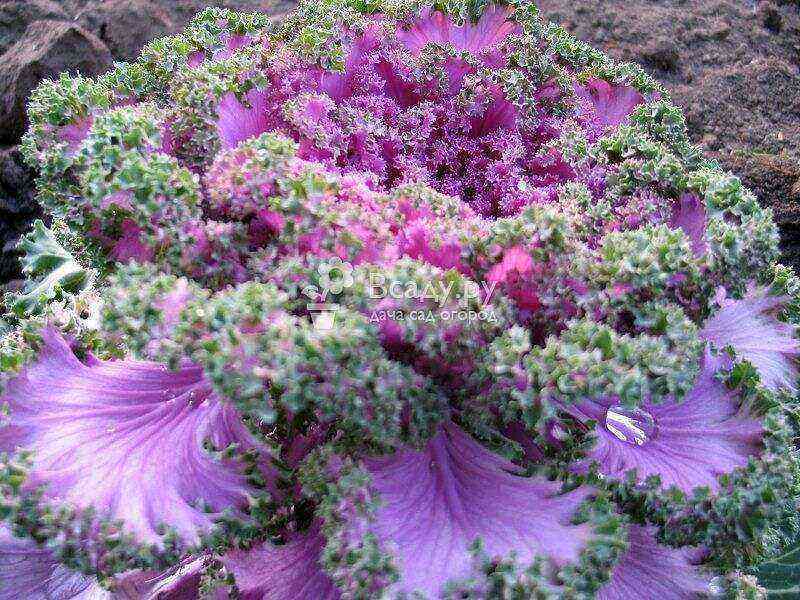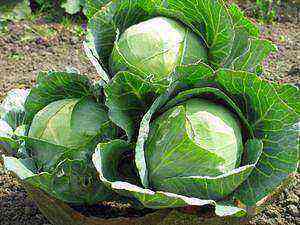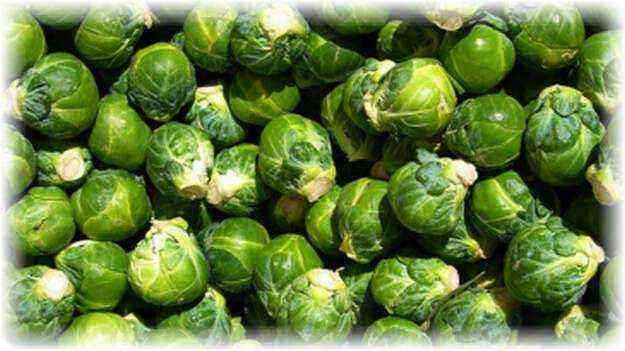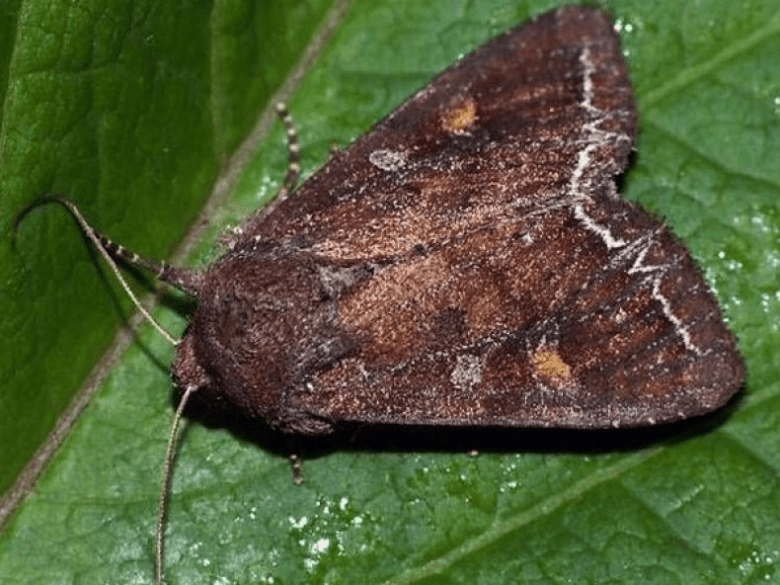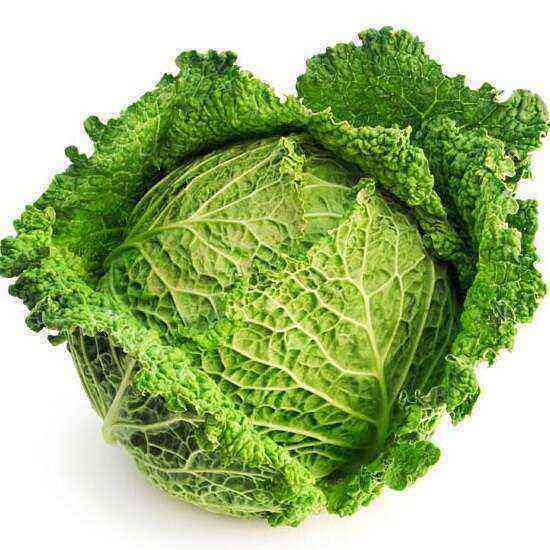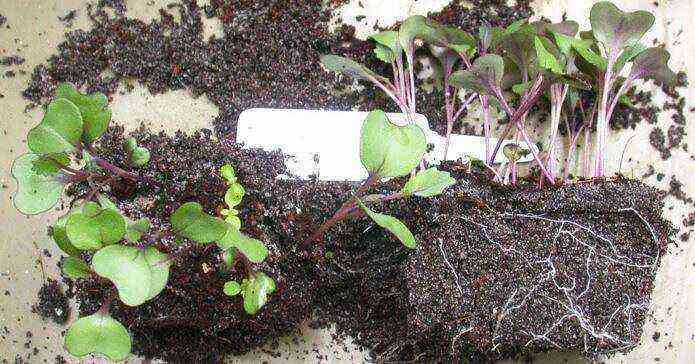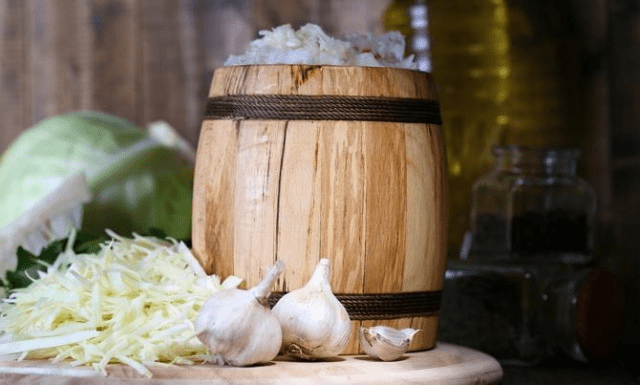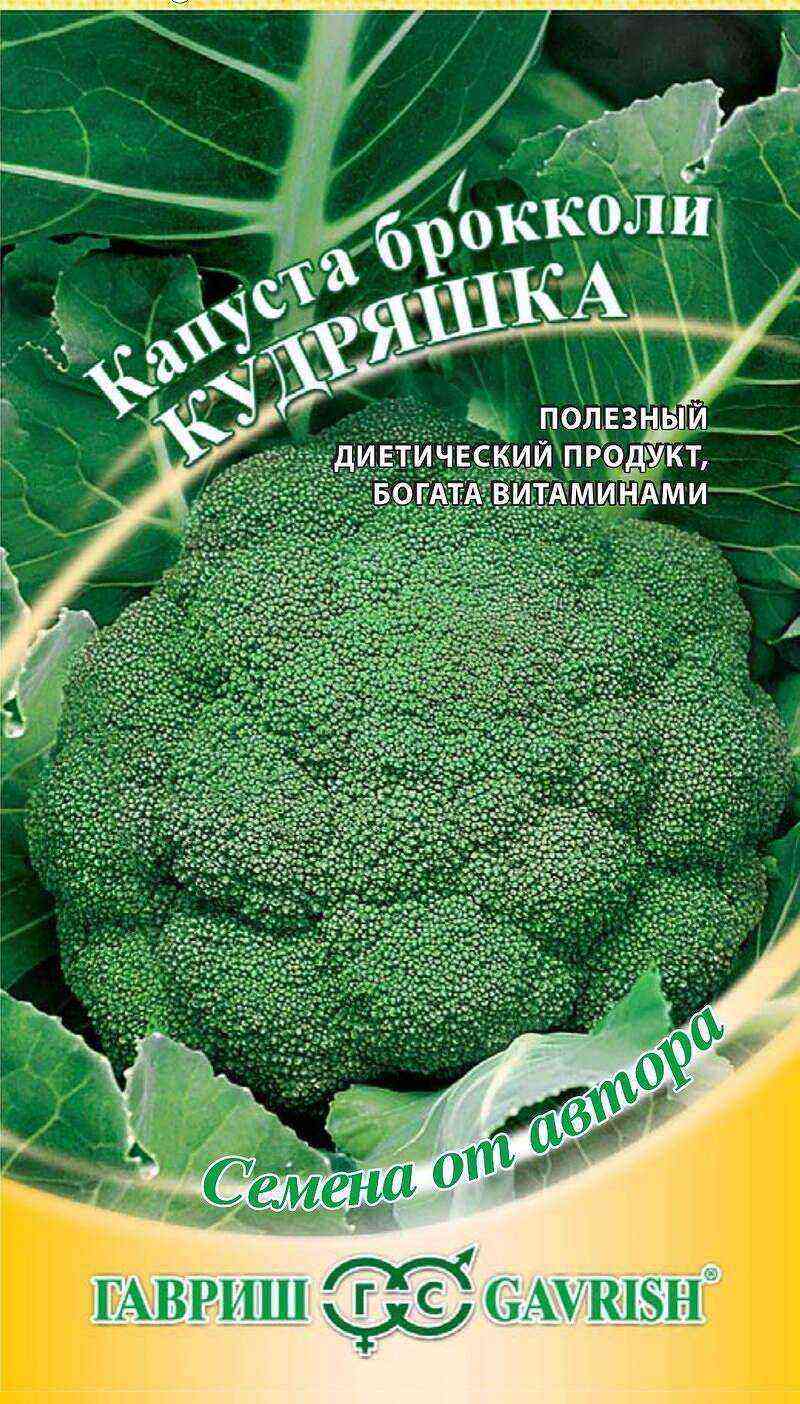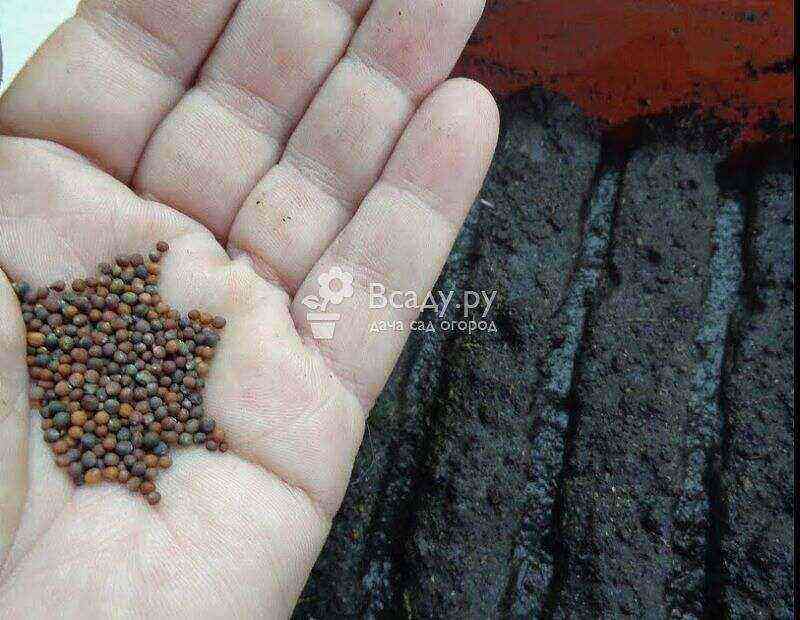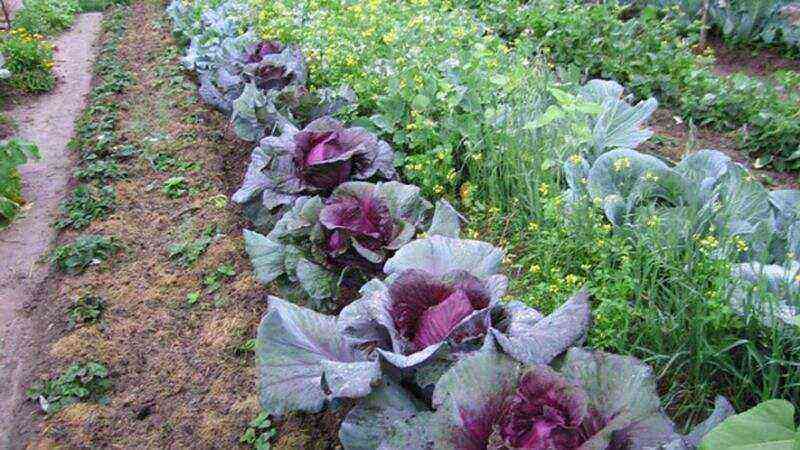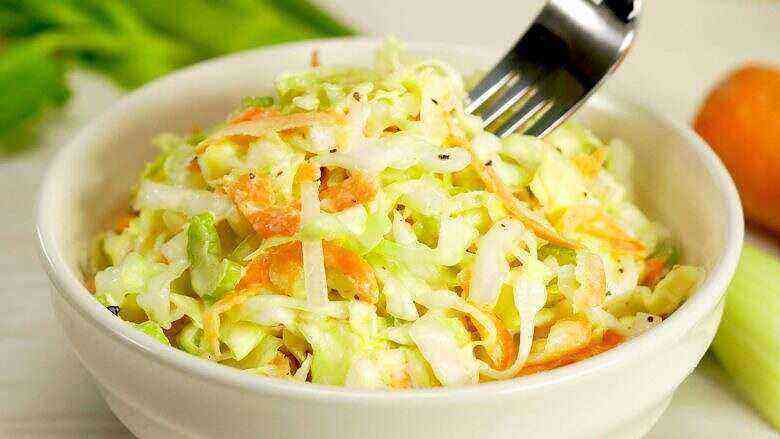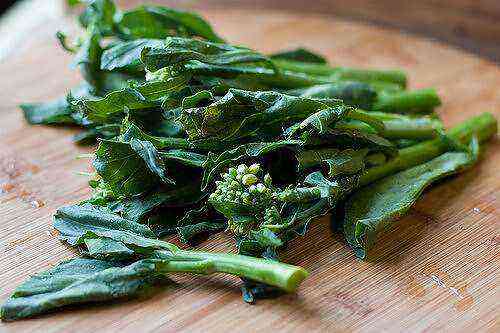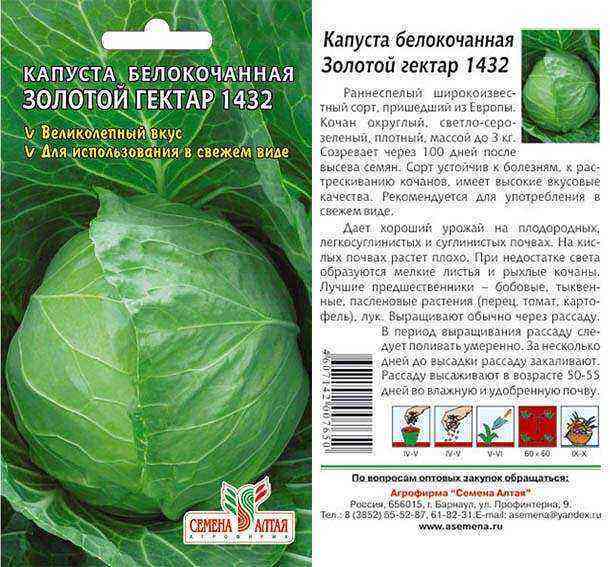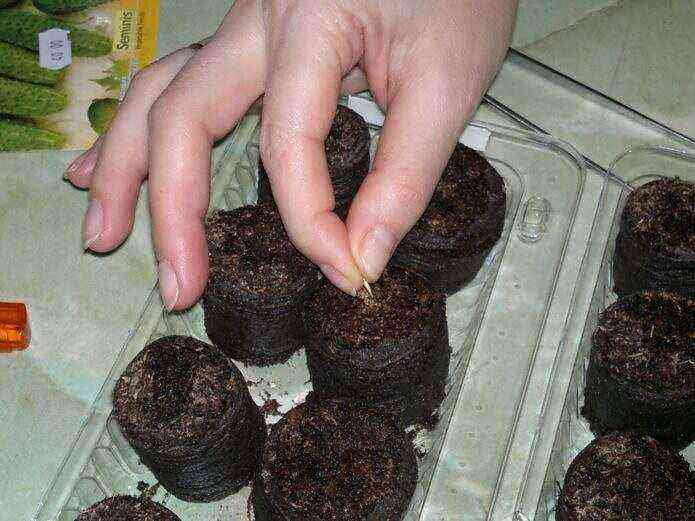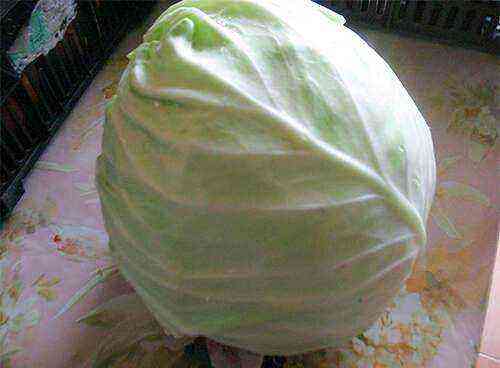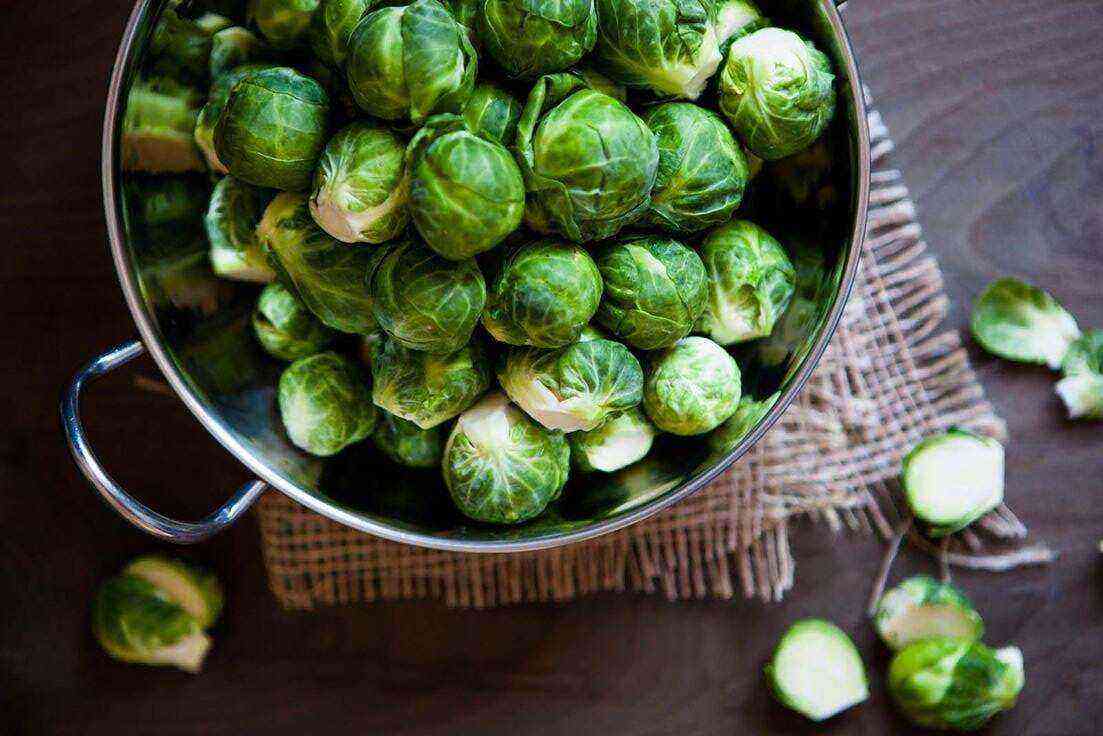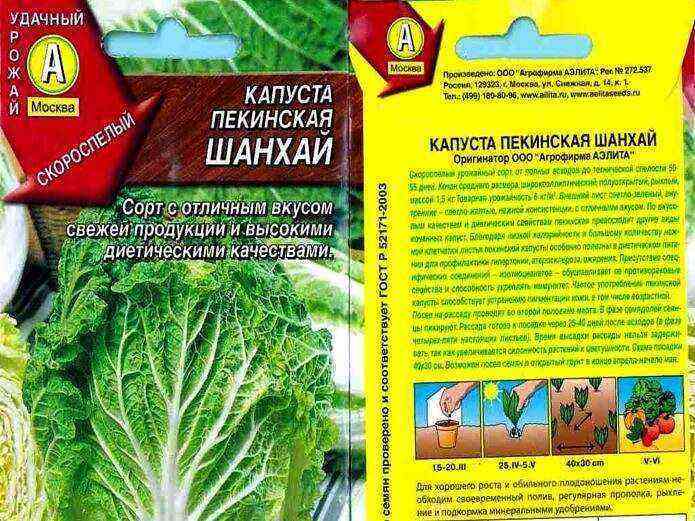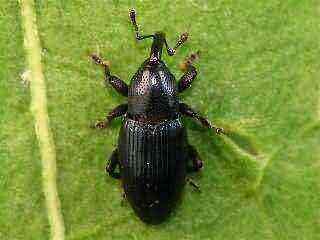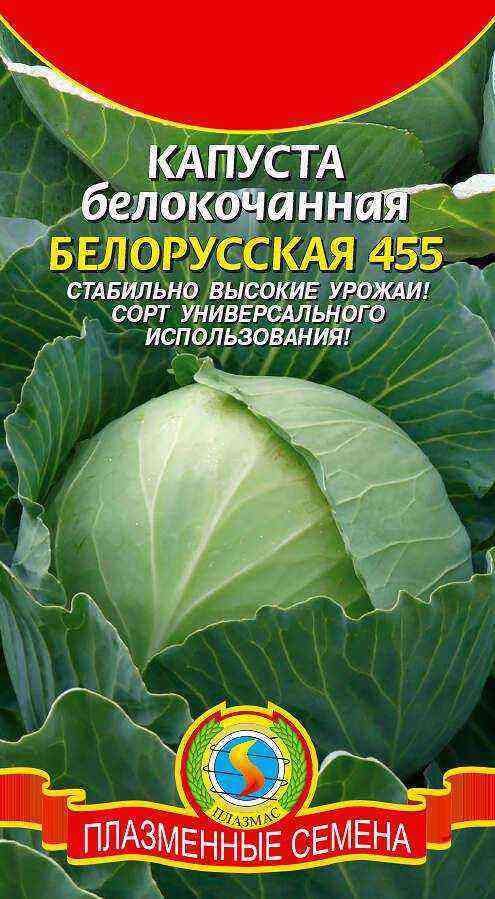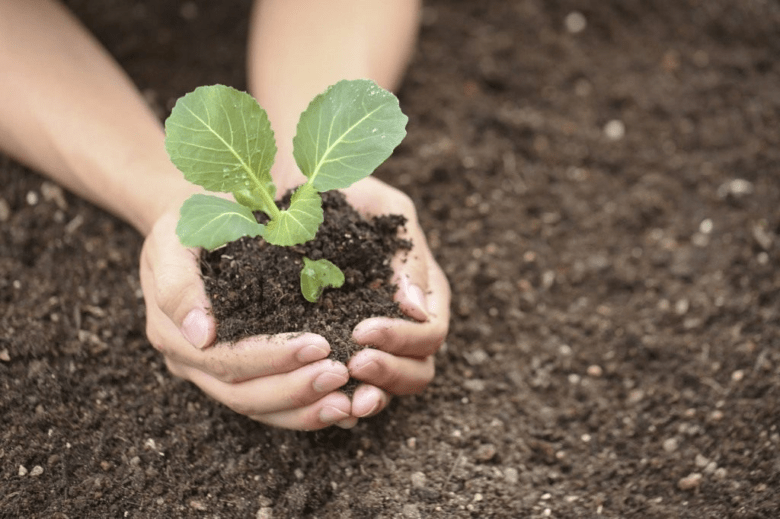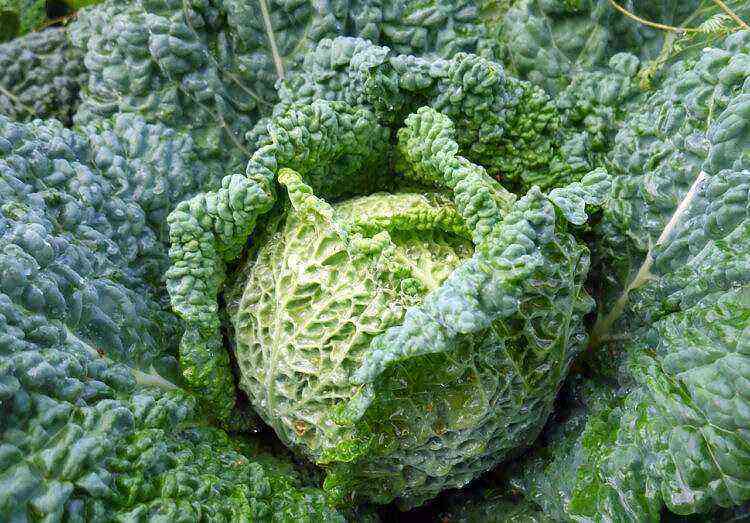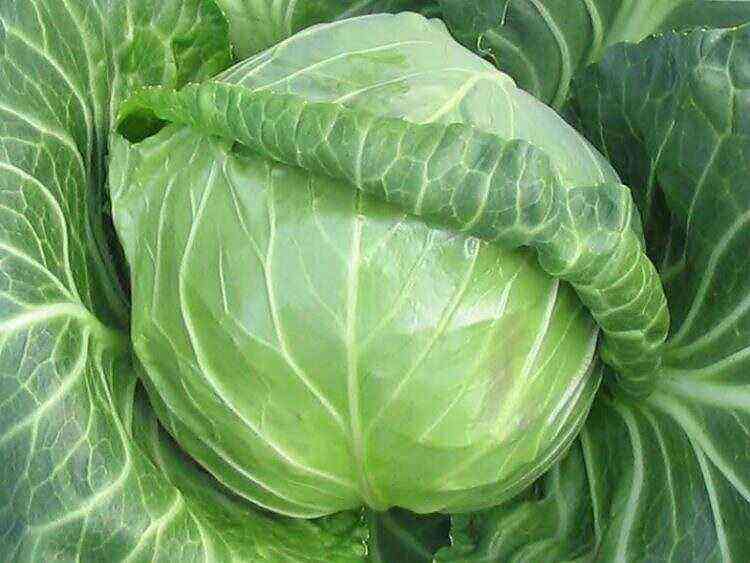Among them are:
- Calais is red.
- Reflex F1.
- Calais is green.
- Redbor F1.
Collard greens can be grown in a variety of natural conditions. She is not afraid of frost and can withstand up to -15 degrees. There are varieties that are tolerant of the dry season. Therefore, in areas with different natural conditions, different varieties of collard greens are in demand.
But, despite the uncriticality to natural conditions, there is one important rule that the vegetable sets to the place of cultivation.
It is important to have a productive and well-drained land with a minimum amount of nitrogen. Cabbage is not critical to the sowing method – you can use seedlings, but you can use seeds. Moreover, if cultivated in March, the fruits can be harvested in June.
If it is necessary to harvest the fruits in September or at the end of November, then it is better to sow cabbage at the end of May. The vegetable has different heights, it all depends on the variety. Low ones have a height of 35 cm, high ones – 89 cm. Also, various varieties differ in the appearance of inflorescences: flat, wavy or with fluffy tips.
Kale red
This variety blooms for only one year. She has wavy leaves with a lilac tint. There is no head. Some people cultivate this vegetable for beauty purposes or as a complementary food for animals and birds. It has so many valuable ingredients that make it a staple for a low-calorie diet.
This makes it popular with people who are active. Acids, organic components, amino acids, vitamins – all of this is present in this culture. Collard greens have a medium ripening period.
Cultivation methods
Summer residents cultivate red feces through seedlings, but the direct planting method is also in demand. The seeds are laid out in the ground in March, if the weather is favorable. When using the cultivation method through seedlings, sowing is carried out at the end of April or in May.
A site is selected and prepared in advance in the fall. To do this, you need to choose a lighted area with fertile soil. Before sowing, it is necessary to additionally feed the territory with compost and full-fledged baits. Make sure that no cruciferous plants grow in this area.
Kale seeds grow ideally at temperatures from +4 degrees to +6 degrees. To improve the growth of this variety, you can cover the indentations with glass or other transparent material. After 5 days, the first shoots are formed.
After this, the covering material must be removed and the underdeveloped plants removed. For fertility to be high, you need to constantly remove weeds, feed the soil and irrigate the seedlings in time. You can cut off the inflorescences during the summer season. If you save the sowing in winter, then in March you can be content with a new harvest of cabbage.
By the way, as soon as the low temperatures pass, the inflorescences get a rich lilac color. The gastronomic properties also improve after low temperatures – the vegetable becomes sweet and crunchy.
Calais green
This variety is similar in content and taste to the previous species. The only difference is the shades of the inflorescences – even after the cold weather, it still remains green.
If we talk about valuable properties, then the Kale varieties are superior to many other types of this vegetable. In addition, cabbage is very rich in nutrients among all deciduous green crops. In order for the body to always be in good shape, it is necessary to eat 200 grams of this vegetable daily.
Redbor F1
Collard greens Redbor F1 is a hybrid and belongs to the wavy varieties of the picturesque cabbage. Like most scenic types of vegetables, Redbor blooms for two years. Therefore, the fruits are ready to be harvested only in the second year.
In many Russian dachas, cabbage plays a decorating role. And in vain, since it contains a lot of protein, carotene, vitamin C. This variety is a pleasure to eat. This hybrid has an attractive appearance. Its height is 68-149 cm.
The inflorescences are purple-colored and palm-shaped. The height of the flower depends on the sowing season.
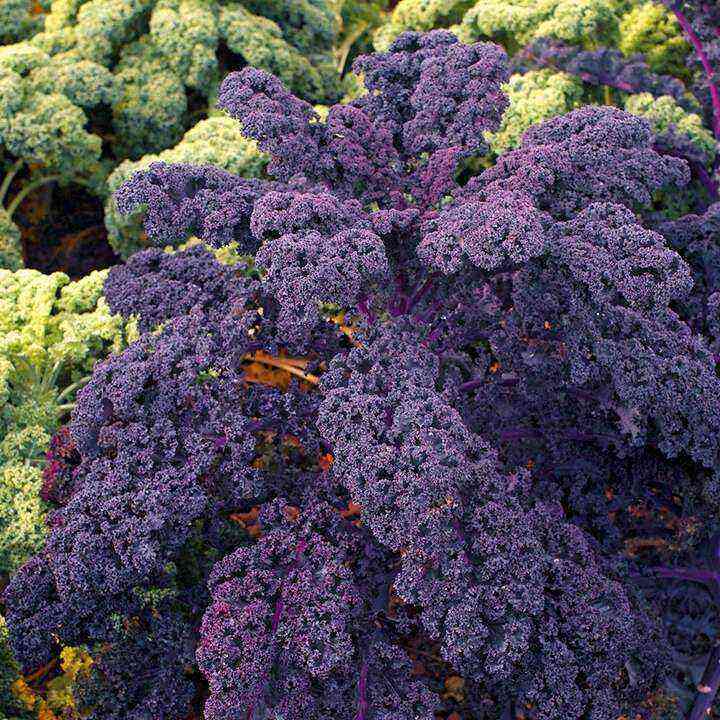
If you want the plant to be tall, then the seeds must be planted at the end of March. Then, after 39 days, the bushes need to be planted in their permanent habitat. This type of vegetable is not afraid of frosts, it feels great even under snowdrifts.
Once it gets through the frost, the buds are crispy and soft. The appearance of the vegetable depends on the amount of sunlight that provides the plant with normal growth.
Soil moisture plays a huge role. Especially during the hot season. Before sowing this variety, you need to carefully fertilize the area where Redbor F1 will grow.
Reflex F1
Among experienced summer residents, the Reflex F1 variety is in great demand. This is an amazing plant that can be used to decorate the backyard, but most of all the vegetable is valued for its high dietary qualities. You don’t need to cut the entire head. To create a delicious vegetable, you need to pluck a couple of sheets from the middle of the outlet.
This variety is distinguished by its unique gastronomic properties. It does not taste bitter, it is perfectly complemented by meat and fish dishes. With frequent use of this variety in food, you can provide your body with valuable amino acids and substances.
Reflex collard greens are an important edible ingredient in the menu of every healthy diet fan and people looking to get their weight back on track. Calories are only 25 kcal per 100 grams. Reflex is a mid-season hybrid of an emerald hue. The plant tolerates frost well. The maximum temperature that the variety can withstand is -19 degrees.
The fruit has a half-vertical rosette and wavy inflorescences. The plant is 80 cm tall. Vegetable weight – 350 – 1500 grams. When sowing, you need to follow the appropriate scheme 60×70 cm. Do not tear off the lower leaves of this amazing plant, otherwise it will die.
